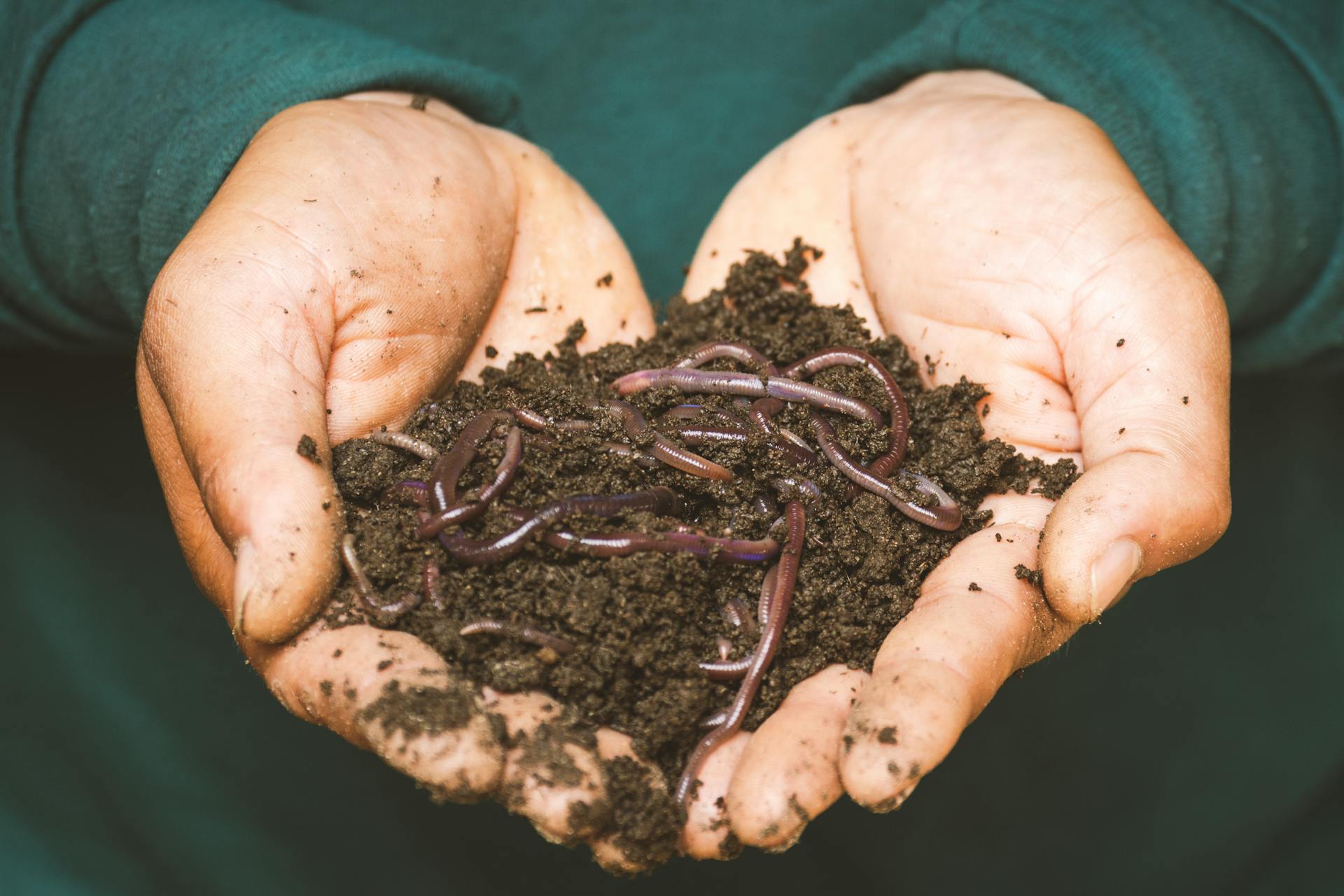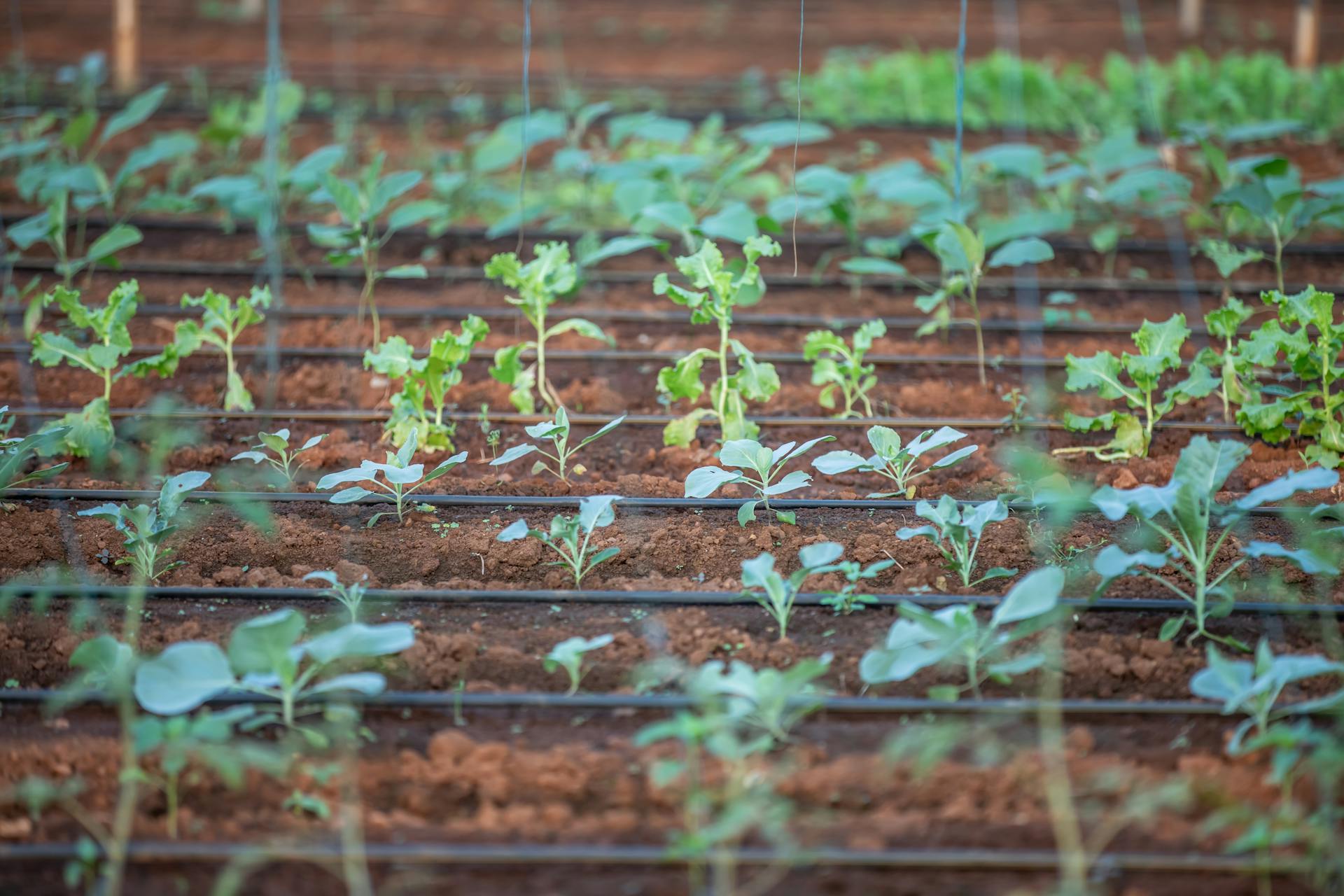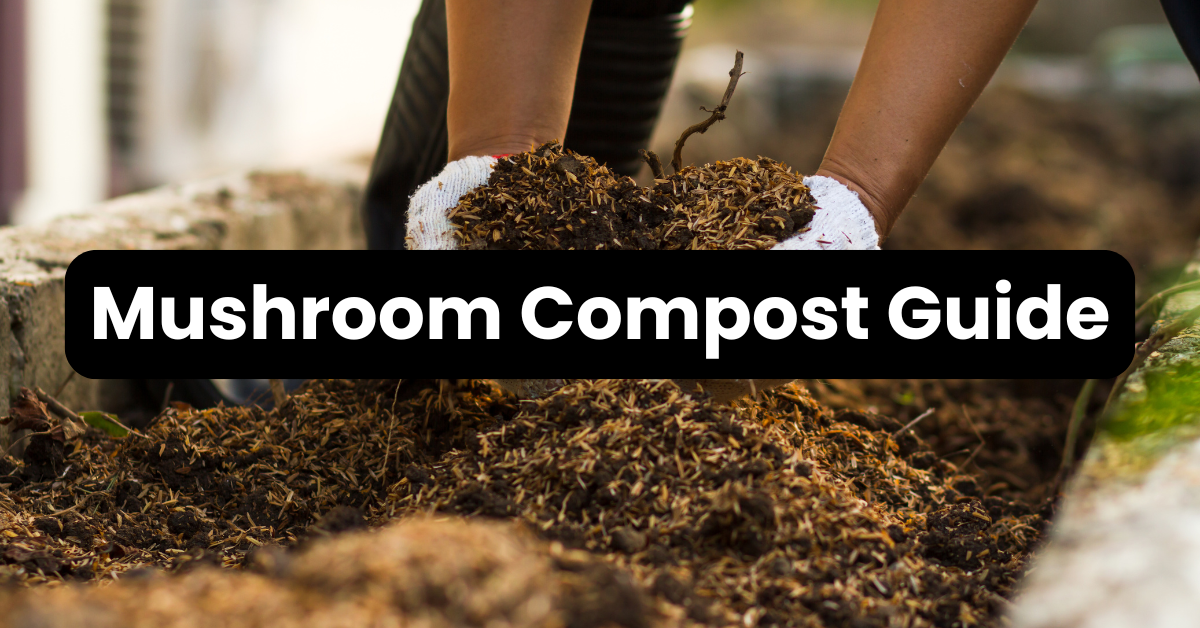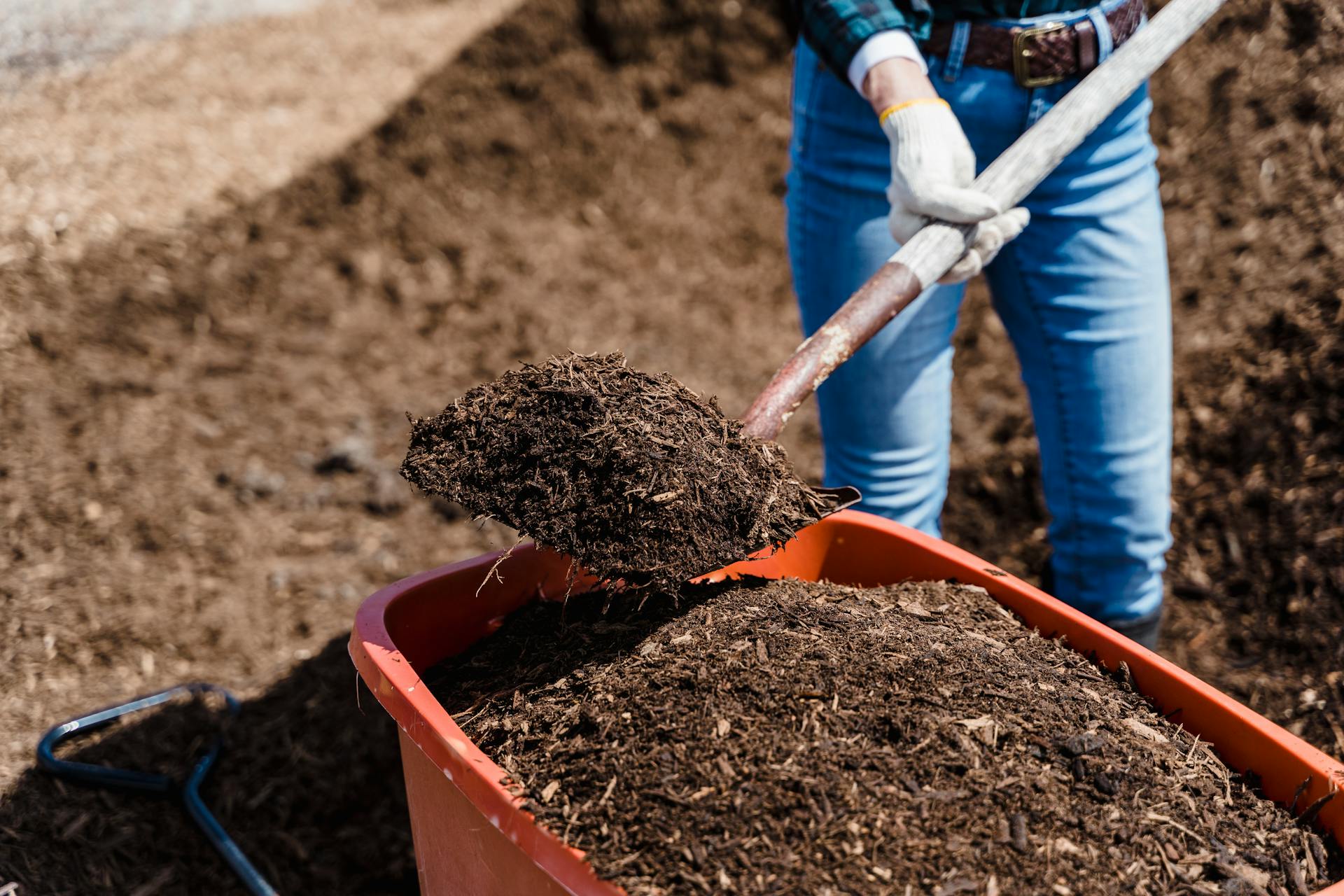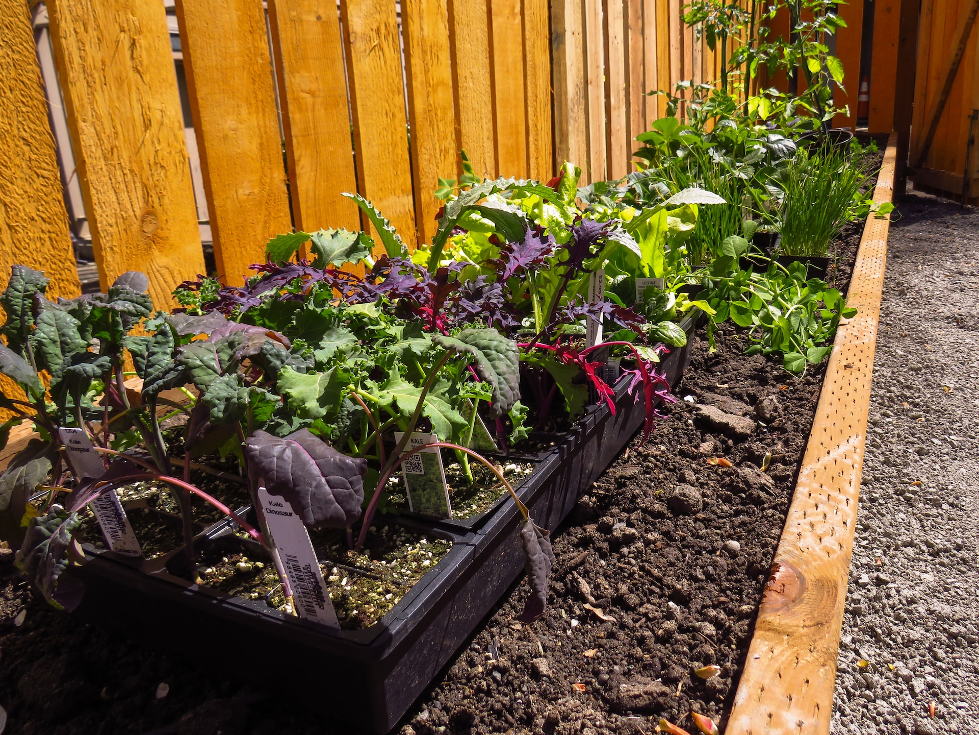Whether you’re a new or seasoned home gardener, you know that soil health is the key to success when growing, well, anything. There are endless soil amendments, including the most famous of all: compost (i.e., black gold). But what about worm castings? What are the the benefits of worm castings and are they worth adding to your soil?
In this guide, we’ll give you the rundown on what earthworm castings are, how they affect the soil and how much to add to your raised garden soil.
What are Worm Earthworm Castings, Exactly?
Worm castings are worm poop (let’s not sugar-coat it). It may be hard to believe it, but earthworms have super-specialized digestive tracts that help produce castings rich in minerals, enzymes and beneficial bacteria.
In fact, some would say that worms are like mini composters – they can eat up to half their weight in plant material every day.
If you’re a home gardener, you know that seeing earthworms in your compost or garden is a good sign. Worms help aerate the soil, but their poop is also helping enrich and improve your soil quality.
Castings may be fine or coarser and more granular in texture (similar to compost). Almost all castings products are black or dark brown in color.
Do Worm Castings Have a Smell?
Castings may be worm poop, but they – fortunately – don’t smell like it. Most people describe worm castings as having an earthy smell similar to topsoil.
Now that you have a better idea of what worm castings are, let’s look at why you should add them to your soil.
What are the Benefits of Worm Castings?
There are so many reasons to make this fantastic soil amendment a part of your organic gardening routine.
Here are some of the top benefits of worm castings.
Add Beneficial Microbes and Nutrients to the Soil
The main benefit of worm castings is that it adds beneficial nutrients, minerals and microbes to your soil.
The rich diversity of microbes in worm castings help improve plant nutrient absorption while reducing the risk of plant diseases.
The microorganisms found in castings, like nematodes, fungi, protozoa and bacteria, all feed on the “bad” bacteria in soil to boost good bacteria levels and aid in plant growth.
In a way, worm castings work like probiotics for our guts (and in a way, our guts are kind of like our soil).
Microbes are great, but what about nutrients and minerals?
The nutrients in worm castings include:
- Nitrogen
- Phosphorous
- Potassium
- Magnesium
- Calcium
- Sulfur
- Trace elements like iron, zinc and copper
These are all essential nutrients for plants, supplying them with everything they need to growth healthy and strong. On average, castings have an N-P-K value of 1.5-2-1 and a neutral pH.
Just one tablespoon of castings provides enough soil nutrients to feed a small potted plant for over two months.
The best part? Castings deliver both water-soluable and slow-release nutrients for plants, so they get a quick boost and access to viral minerals in the future.
Because castings are coated with mucus, their nutrients are released over time. This mode of delivery means that this soil amendment won’t burn your plants or even pollute waterways like conventional fertilizers.
Help with Moisture Retention
Along with feeding your soil and plants, worm castings can also improve your soil’s water retention.
It does this in a few different ways.
- The organic matter (humus) found in castings can hold onto water and release it slowly over time to plant roots.
- Castings help make the soil more porous, which means it can absorb and hold onto water for longer.
- The castings themselves can hold 2-3 times their weight in water.
Improved moisture retention means that you’ll spend less time watering the garden and more time enjoying it.
Improved Soil Structure
Adding castings to your garden can improve soil aeration and overall soil structure. Each little casting produced by a worm is shaped like an oblong ball, which adds space in the soil for water and air flow.
The end result? Better aeration and drainage.
Support Healthy Plant Growth
The microbes in castings help prevent plant diseases while nutrients spur growth. But castings also contain plant hormones and humic acids that support strong root growth and nutrient absorption.
Castings can be so effective at bolstering growth that they can help increase yields by as much as 25%, according to The Farmer’s Almanac.

Are There Any Disadvantages of Worm Castings?
While there are countless benefits of worm castings, there are also some disadvantages that home gardeners need to consider.
- Quality depends on the worm’s diet
- Lack of availability
- High cost
Quality worm castings come from composting worms fed a rich and diverse diet. Naturally, high-quality castings will come at a higher cost.
For some gardeners, castings can be a cost-prohibitive soil amendment, especially when compost is often free and readily available. A 30-lb bag of castings from Wiggle Worm Store, for example, goes for a little over $30. That bag will cover just over 1,000 square feet of soil.
That said, many gardeners find that the benefits of castings outweigh the costs.
Local availability can also be a concern for some gardners, especially if they need to purchase castings in bulk. However, you’ll find that online retailers like Amazon have a wide selection of products to choose from.
How Long Do Earthworm Castings Last?
On average, worm castings can last at 6-10 months if stored properly. Castings sold in resealable bags are ideal because the seal will help maintain the moisture needed to keep those microorganisms alive.
Are Worm Castings A Complete Fertilizer?
If you’re looking for an organic all-purpose fertilizer, worm castings are a great place to start. They contain all of the nutrients plants need to support healthy growth.
That said, it’s important to remember that the quality of the worm castings will also impact the nutrient, mineral and microbe levels of the castings.
High-quality castings come from worms with:
- Varied diets of vegetables, fruits, coffee grounds and eggshells.
- Moist bedding – not waterlogged
Worms raised in an environment with good aeration and temperatures between 55°F and 77°F will produce the highest quality castings.
How can you be sure that you’re buying castings from worms raised to these standards? Research the company and learn more about how they raise their worms and which species of earthworm they are raising.
How Often To Use Earthworm Castings
Generally, castings should be applied as an organic fertilizer 2-3 times a year: spring, summer and fall.
Regular feeding will support plant health and ensure your soil is rich in organic material.
Unlike other natural fertilizers, you really can’t add too much castings to the soil.
How To Add Earthworm Castings To Soil
What amounts of worm castings should you add to your soil for plant health and growth? Experts recommend not using more than a 1:4 ratio of castings to soil.
Researchers have found that adding more than 20% castings does not improve growth. It won’t harm your plants or soil, but you really won’t get any added benefits either.
Castings Calculator
Final Thoughts
Worm castings offer a wealth of benefits in the garden. They provide plants with vital nutrients and minerals while improving soil health. You’ll also love that you can use them with any plant, and there’s no concern about burning your seedlings or going overboard with your application.
While castings are an excellent natural plant food, we still recommend adding compost to your soil in addition to this amendment. Together, they’ll supercharge your plant growth and health.
